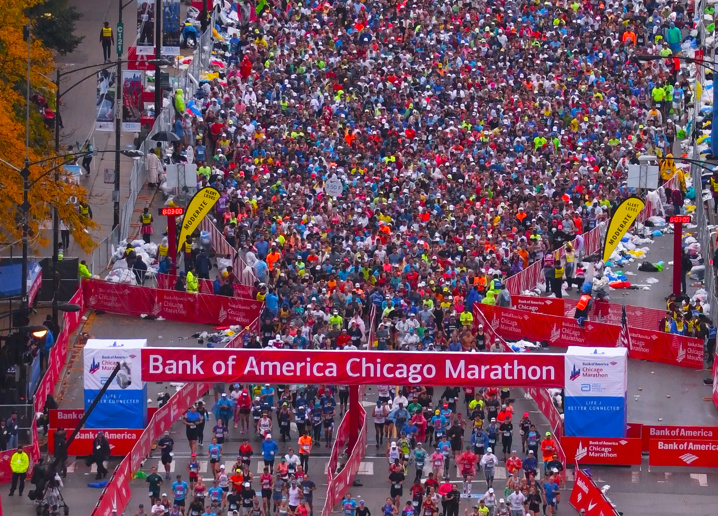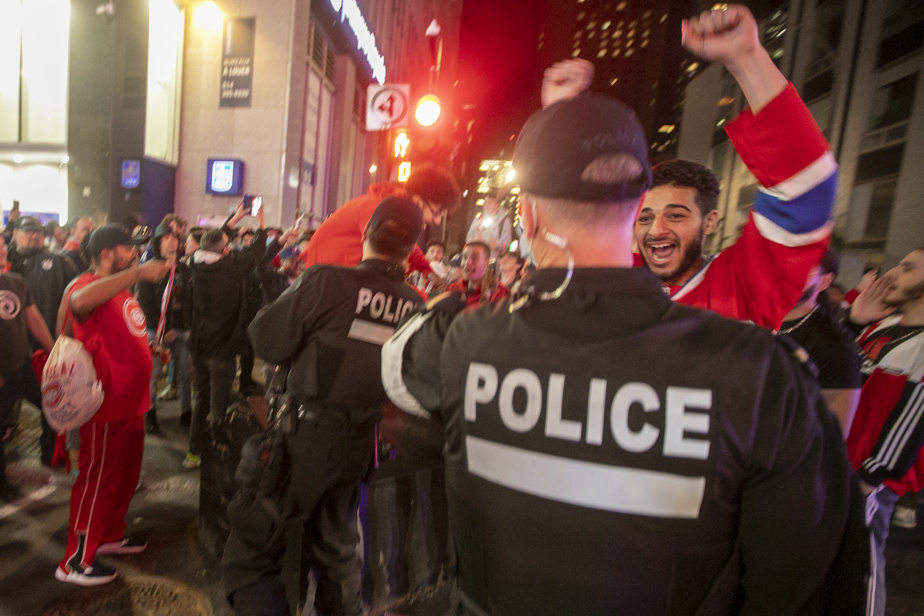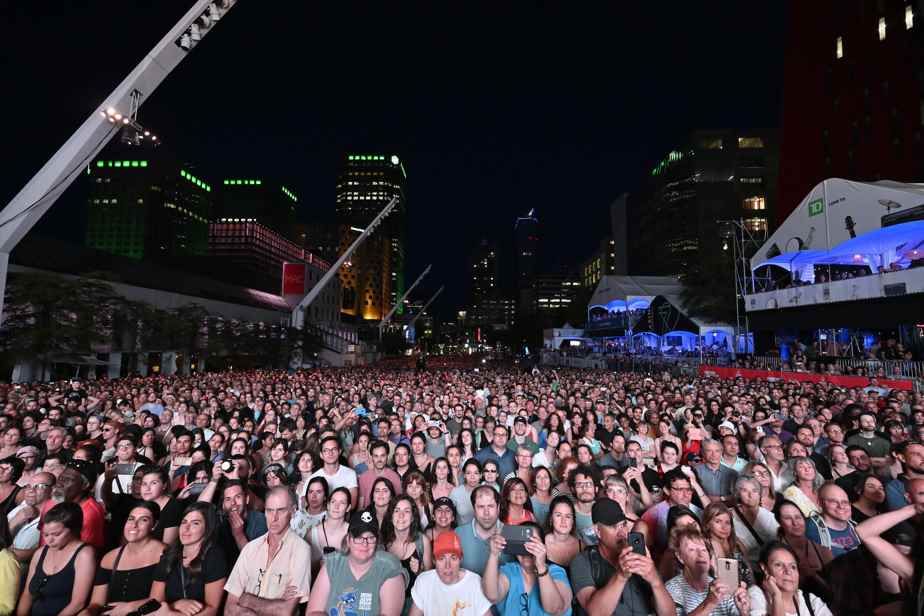Posted at 7:00 a.m.
“When you organize a festival, you have to be not only in the intervention when there are problems, but much more in the anticipation”, explains Pascal Viot, director of the Swiss Institute of urban and event security ( iSSUE). The researcher is also coordinator of the Paléo festival in Nyon, Switzerland, an event that welcomes nearly 300,000 spectators each year.
Crowd dynamics and movement
In this anticipation, it is above all necessary to organize the space in which the public evolves. “We can predict the movements of the crowd and the levels of density that will generate discomfort, even a risk of accident, says Pascal Viot. Services, scenes and points of interest must be placed accordingly to limit this risk. »
How to predict these movements? “There are two approaches in physics,” says Denis Bartolo, professor at the École Normale Supérieure in Lyon, France. We can try to calculate the interactions between each individual: here we can have a group of friends, there a group of people who do not know each other… Then we repeat until we obtain the movements of several thousand people. Or, much more simply, we can describe the crowd in a very global way, without taking into account individual interactions.

PHOTO PROVIDED BY DENIS BARTOLO
Denis Bartolo, professor at the École Normale Supérieure in Lyon, is the co-author of a study on the behavior of participants in the Chicago marathon, in which he compares their dynamics to that of liquids.
“In physics, we don’t look at the precise composition of a liquid, the molecules that make it up and their interactions. We know that all liquids (wine, water, honey, etc.) obey the same laws, so we are satisfied with a few parameters to predict their dynamics”, illustrates the researcher.

PHOTO PROVIDED BY DENIS BARTOLO
Denis Bartolo, professor at the Ecole Normale Supérieure in Lyon
For the crowd, it’s the same thing: without knowing the behaviors between individuals, we can predict the dynamics of the crowd from only a few measurements.
Denis Bartolo, professor at the Ecole Normale Supérieure in Lyon
For example, crowd density, which is the number of people per square meter, is an important parameter to consider. As long as the density remains below a certain threshold, it is relatively easy to predict crowd movements. “From a certain density, however, or a certain level of panic, there will be jostling. There, the rules become more complicated, ”he underlines.
A psychological dimension not to be overlooked
But in terms of risk management and anticipation, physics is not everything: you also have to take into account the psychology of the crowd.
“You have to put yourself in the public’s shoes to better understand what they expect and adjust the services accordingly,” explains Pascal Viot.

PHOTO PROVIDED BY PASCAL VIOT
Pascal Viot, Director of the Swiss Institute for Urban and Event Security (iSSUE)
A very fanatic audience will not behave in the same way as an audience that comes quietly to enjoy an evening at a festival.
Pascal Viot, Director of the Swiss Institute for Urban and Event Security (iSSUE)
Crowd psychology research allows us to define certain counter-intuitive phenomena. “We often tend to consider that a crowd is not intelligent, that people gathered together will behave more selfishly, more instinctively; that there will be a phenomenon of imitation or an easier switch to violence, adds the researcher. But recent research has shown that in disaster situations, for example, there are logics of solidarity that are put in place, that people help each other, precisely because they pass from an indifferent coexistence to a destiny common. These are psychological levers that are interesting to address, because they guide our reception and security missions. »

PHOTO FRANÇOIS ROY, LA PRESSE ARCHIVES
A crowd of supporters – such as those celebrating the victory of their favorite team, for example – will behave differently from an audience attending a show at a festival, underlines researcher Pascal Viot.
The return of the crowds, between worry and carelessness
This psychological dimension is particularly important to take into account in a context of a return to “normal” after two years of the pandemic. “The message we’ve been hearing for years is that it’s dangerous to come into contact with other people. And almost overnight, you can find yourself in crowds like before the pandemic, ”explains Kim Lavoie, professor of behavioral medicine in the psychology department at the University of Quebec in Montreal.

PHOTO PROVIDED BY KIM LAVOIE
Kim Lavoie, Professor of Behavioral Medicine in the Department of Psychology at the University of Quebec in Montreal
People have had very little time to adapt to this lifting of restrictions, and at the same time they know that the virus is still circulating, which can generate anxiety.
Kim Lavoie, Professor of Behavioral Medicine in the Department of Psychology at the University of Quebec in Montreal
Could this anxiety darken the experience of festival-goers? It is possible, according to Pascal Viot. “But conversely, there is also the risk of a ‘pressure cooker’ effect where, after two years of waiting, people might no longer have any limits,” he adds.
With the return of festivals this summer, many questions remain unanswered. “How will the crowd behave? Will there be more exuberance or, on the contrary, more restraint? Are we going to have phenomena of overdensity or will people avoid finding themselves in this situation? These are things that will be interesting to observe,” concludes the researcher.
Crowd density levels and examples: number of people per square meter
0/m²: in the street, most of the time
1/m²: in a busy shopping street
2/m²: in an elevator, when there are 3 or 4 people at the same time
3/m²: in public transport during rush hour
4/m²: in a concert, a few dozen meters from the stage
5/m² (limit of acceptable): in public transport, during a traffic disruption
6/m²: in a very big concert, just in front of the stage
Source: Fouloscopie YouTube channel of researcher Mehdi Moussaïd

